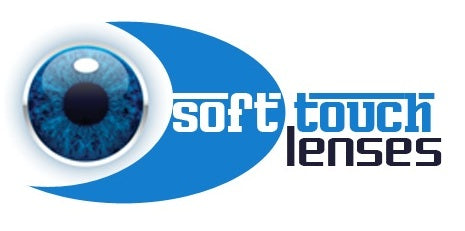Treatment: A Complete Guide to Contact Lenses for Dry and Sensitive Eyes
Share
Living with dry and sensitive eyes can make wearing contact lenses challenging, but thanks to the advances in lens fashion, there are even more options available. There used to be so many options for those struggling with these conditions. Understanding how to manage dry eyes while wearing contact lenses requires understanding all the causes and solutions available on the market. Signs and symptoms can vary depending on the specific condition. This condition occurs when the eye does not produce enough tears or when the tears flow too quickly, without causing discomfort, pain, or blurred vision. These signs and symptoms can worsen when wearing contact lenses, so it is important to choose and maintain a new lens care method. from changers. Silicone hydrogel lenses represent a big step forward by providing better oxygen permeability while maintaining excellent water capacity. These lenses allow more oxygen to reach the cornea than standard hydrogel lenses, reducing the risk of eye strain and dry eyes. The added oxygen, along with the water flow, also improves the quality of the eyes, which is especially important for people with sensitive eyes. End of program. With the modern, effective delivery of new, smooth lenses every day, these lenses have recently kept the money invested in modern lenses, even if they are well maintained. Using daily routines today can reduce the risk of sensitivity, where some people enjoy multi-purpose solutions. Each new lens has a moisture-resistant coating to ensure maximum comfort during daily use. . These latest contact lenses have a special milled chemical that helps control strong tears at certain times of the day. Some manufacturers have developed a special technology to create a hydrophilic coating that attracts and retains moisture to keep the lens base moist and comfortable. This period is especially important when worn for long periods of time or in a difficult environment such as the end of the air conditioner. Despite the use of high-end lenses, it is important to maintain hygiene and proper care. This includes examples of lenses that are changed regularly, clean lenses for daily use, and old lenses that have not aged well. Some companies have developed special cleansers designed specifically for sensitive eyes, free of harsh chemicals that can cause staining. plays a big role. Adjusting to your environment and behavior can be stressful. Using a humidifier in a dry area at home, blinking intentionally during breaks in performance, and maintaining fluid can all help improve comfort while wearing glasses. Some ophthalmologists recommend the 20-20 rule: Look at the material from a height of 20 feet every 20 minutes for 20 days to reduce eye strain and stimulate tear production. > Supplements can help manage dry eye symptoms when used with contact lenses. Preservative-free synthetic tears are specially formulated for contact lenses to provide extra moisture throughout the day. However, since some liquids can cause the lens to become discolored or damaged, it is important to choose one that is compatible with the specific contact lenses you already have. comfort level. Many optometrists recommend that eye drops be stored safely during special activities or environments. For example, if you know that you have to sit in front of the computer for long periods of time or in a dry, windy place, then you may want to consider sunglasses sooner or later, or you may wear glasses for long periods of time. Even when wearing contact lenses, it is important to have a thorough evaluation with an optometrist for dry eye treatment. Your eye doctor can examine your eye health, evaluate the accuracy of your contact lenses, and recommend adjusting your wear time or lens type as needed. They may also recommend additional treatments for dry eyes, including eye drops or in-office procedures that can help improve tear production. The future looks promising. Ongoing research and development in the field continues to produce new materials and designs to better respond to these traumatic events. While some companies are exploring modern technologies such as anti-aging creams that will undoubtedly unlock the moisture-boosting combination of modern methods, others are developing smart materials that can respond to changes in the tear film and keep it as wet as possible. The key is to work closely with your eye care company to find the best answer to your specific needs and maintain the right attitude for the eye care business, which is clean and expensive.
